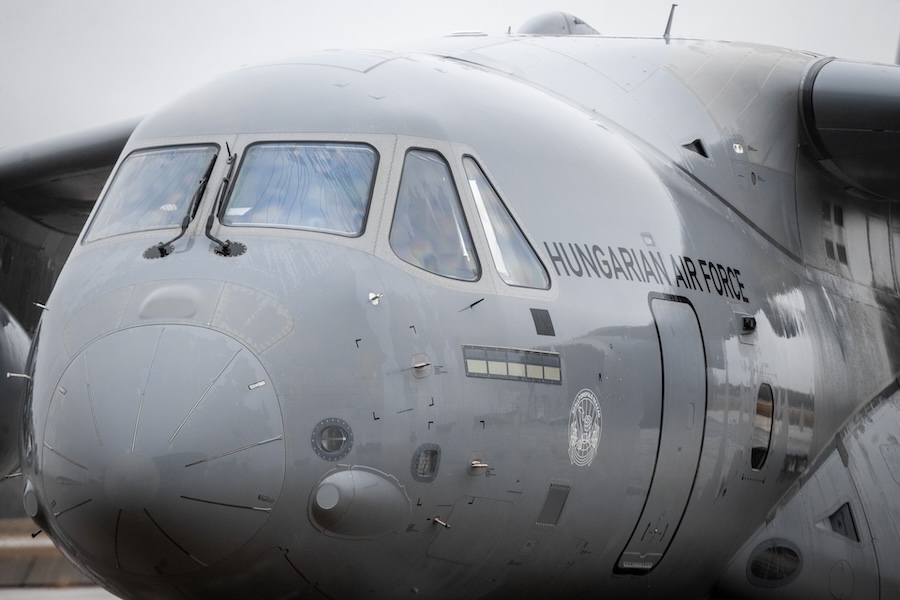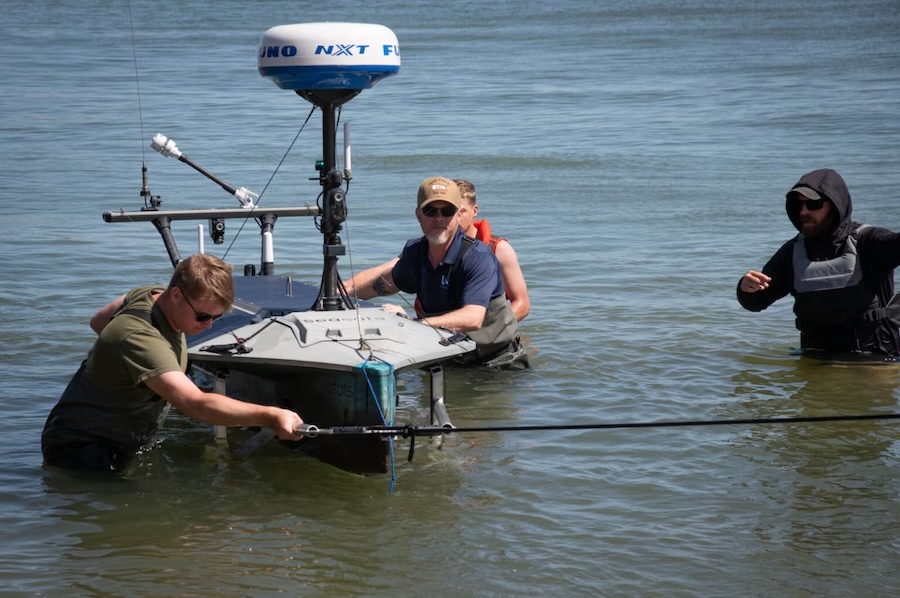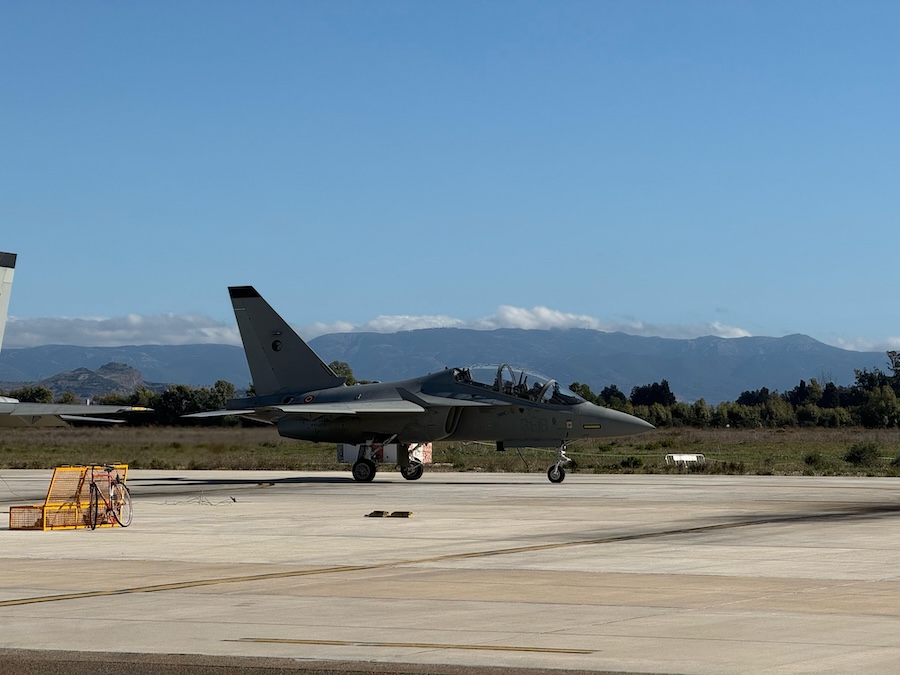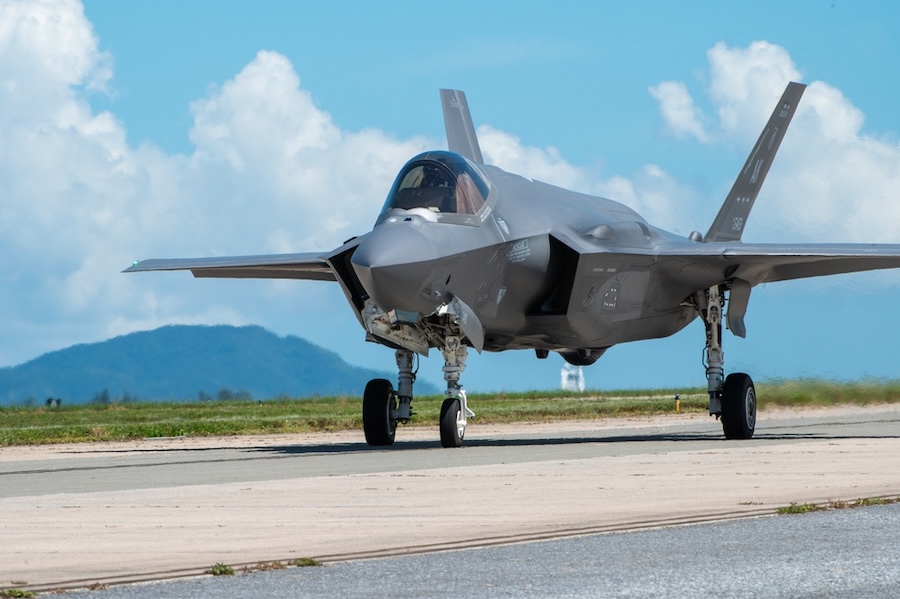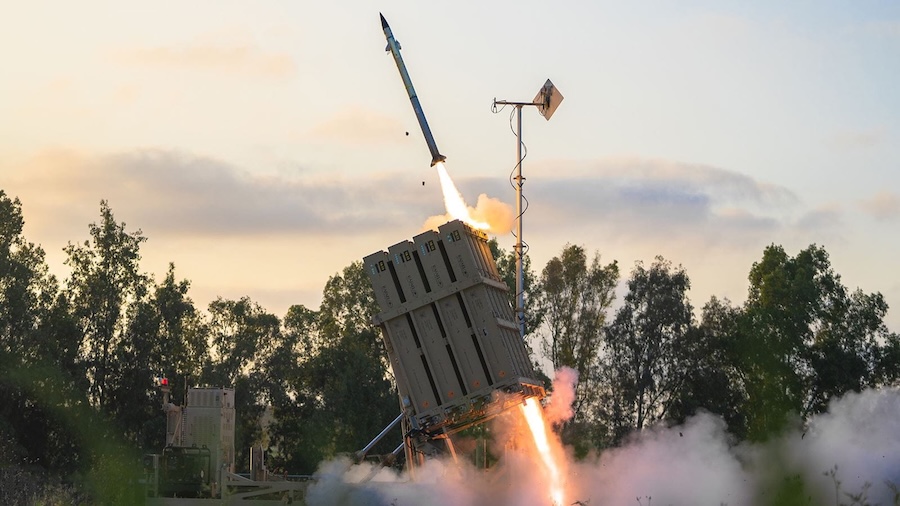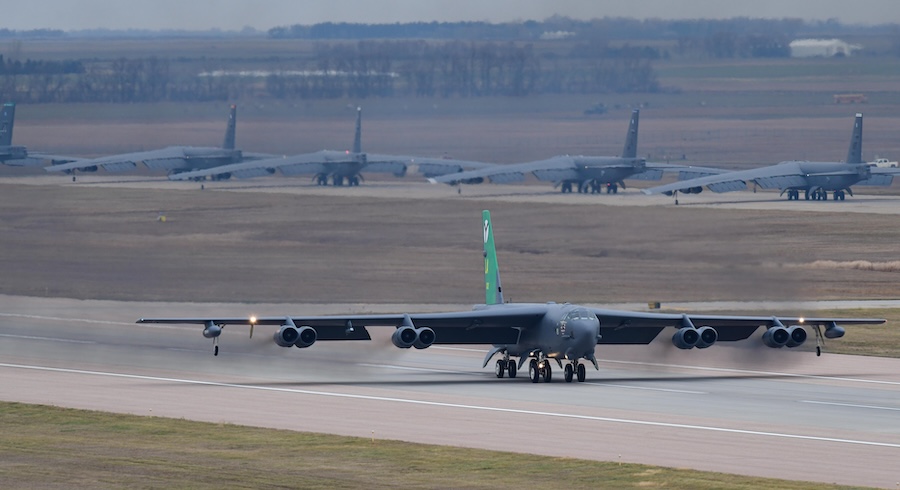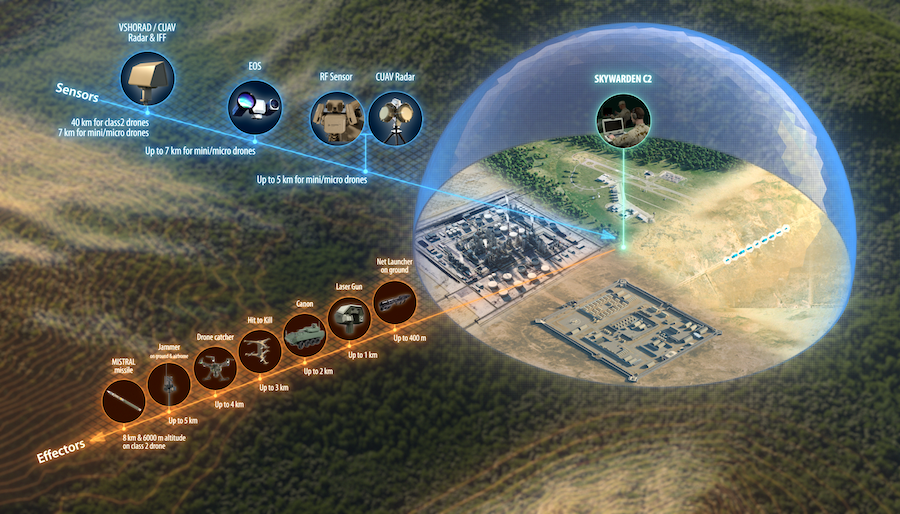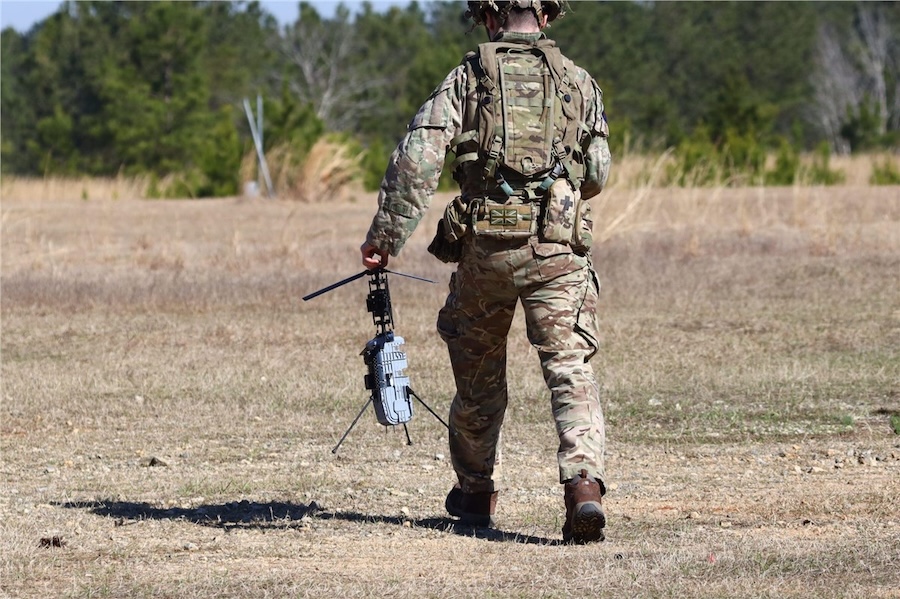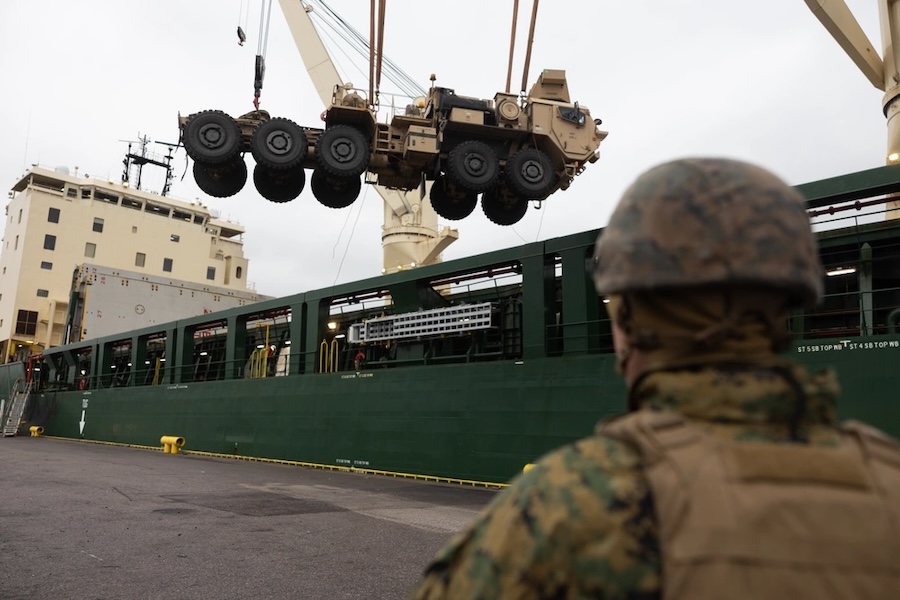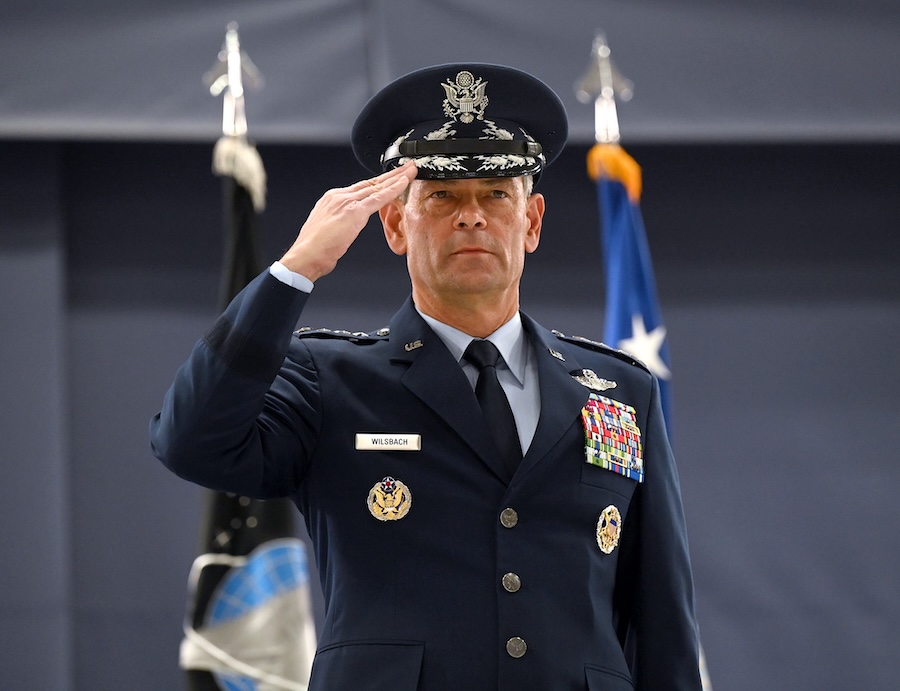The Hungarian Ministry of Defence stated the exercise aims to develop essential skills for distributed operations across NATO’s northern region. Over two weeks, participating aircrews are flying missions based on complex combat scenarios to enhance their proficiency in advanced air combat, Counter Anti-Access/Area Denial (C-A2/AD), and joint operations with land and air forces from other allied nations.
More than 15 NATO member states are involved in the exercise, including the United States, United Kingdom, Finland, Germany, the Netherlands, and host nation Denmark. Hungary’s tactical fighters are working alongside fifth-generation F-35 stealth jets, simulating both offensive and defensive counterair missions in a realistic multinational setting.
The Ministry of Defence emphasised the value of the exercise in maintaining operational readiness and adapting to the latest tactics and techniques. “The Hungarian air force has already demonstrated its preparedness on several occasions at the international level,” the statement said, highlighting the role of Ramstein Flag 2025 in further developing the capabilities of pilots, aircraft, and ground crews.
According to the Ministry, Hungary views participation in Ramstein Flag as more than a military training opportunity. “Exercise Ramstein Flag 2025 constitutes another important step in maintaining and developing combat readiness… [and] contributes to increasing regional security and strengthening allied bonds,” the press release noted.







